Category: All Things
On the block
My block association hosted a wine and cheese reception at Maya Schaper Cheese and Antiques on West 69th Street. (For those of you who know: no, technically, this isn’t my block, but close enough.) The first time I passed by this quaint-looking shop, cheese and antiques did strike me as an unnatural combination (unlike my combo bar/laundromat idea: “Buds and Suds”– hey, it could still work!), but most of the antiques do seem to be food-related items, so perhaps not so strange a pairing.
The shop, though, is best recognized as the exterior stand-in for Meg Ryan’s children’s bookstore in 1998’s You’ve Got Mail — an association proudly displayed on a movie poster at the front cash register wall.
Nora Ephron’s gauzy film was a valentine to this part of town (and to America Online) – as much a love story about the neighborhood as it was about the characters. The movie website even offers an interactive tour of some of the actual Upper West Side locations featured in the movie: the café where Meg Ryan arranges to meet Tom Hanks, Gray’s Papaya (also rhapsodized about in the Matthew Perry-Salma Hayek romantic comedy Fools Rush In ), H&H bagels, Zabar’s – even one of my favorite local warm-weather spots, the W. 79th St. Boat Basin Café.
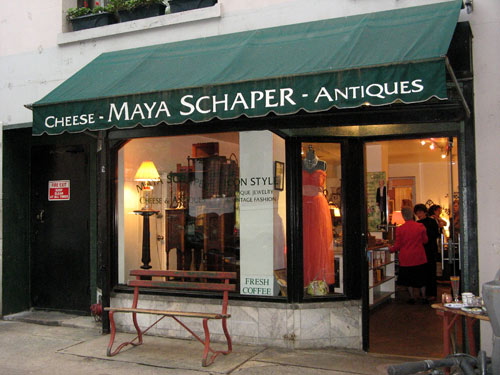
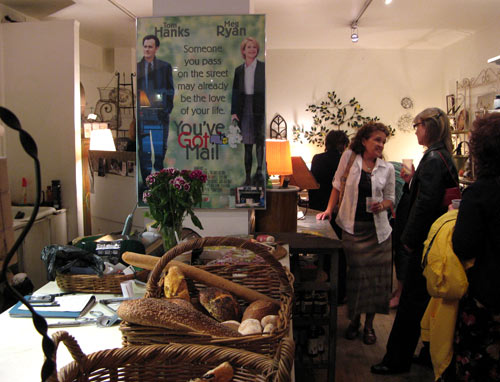
Maya herself hosted the evening, which was a rare opportunity to meet a few of my neighbors on the block. Perhaps I shouldn’t have been, but I was surprised to find that most of the guests that night were quite a bit older than I, having lived on the block, in a couple of cases, for decades. Still, the attendees as a whole were welcoming and pretty sociable – granted, a self-selecting group – and seemed very willing to expound upon bits of the block’s storied history, and even to gossip about one of my own building’s more notable residents.
Maya’s shop is also a stop on the Location Tour’s “New York TV and Movie Sites” tour — and was seen briefly during the final season Sex and the City “To Market, To Market” episode. In a scene culled from a hundred nightmares, before a storefront of cheese and antiques, Carrie (Sarah Jessica Parker) randomly encounters her ex-fiancé Aidan (John Corbett)… and his newborn son. Awkward amiability ensues.
Time Out‘s 2006 listing of the best residential blocks in New York City was based on a combination of factors: aesthetics, nearby amenities, the “green factor” (trees, parks, waterfront access); noise and traffic; proximity to public transportation; a wild card “New York–ocity” factor; and affordability (certainly relative), as defined by median sale and rental prices in the immediate vicinity. No, my particular block didn’t quite make the TONY cut — boo! — but we’ve got our eye on you, West 78th Street between Columbus and Amsterdam Avenues (#10) and West 72nd Street between Central Park West and Columbus Avenue (#29).
No regrets
In film class tonight, La Vie En Rose, a biopic of the iconic French singer Édith Piaf, referred to by some as the Gallic Judy Garland.
The film follows the singer’s life from her troubled childhood to her death. Colorful stories about the 4’8″ piaf – sparrow – are the stuff of legend, in some cases, perpetrated by the artist herself: born Édith Giovanna Gassion in Belleville in 1915 (in a hospital, not on the street under a gas lamplight, as the story sometimes goes), she spent her early years living among prostitutes in her paternal grandmother’s brothel, during which young Édith may or may not have experienced an extended episode of blindness as a result of contracting conjunctivitis. What is more verifiable is that she was discovered singing on the streets of Paris by impresario Louis Leplée (Gérard Depardieu in the film) who booked her at the popular Parisian nightspot Gerny’s, where she became an overnight sensation. A recording contract soon followed, launching Piaf into what would become international stardom, after a dark period of infamy during which she was suspected of involvement in Leplée’s 1936 murder. The film, for the most part, glosses over the French chanteuse’s passionate affairs – Jean Cocteau, actor Yves Montand and Marlene Dietrich count among her many lovers – maintaining the romantic focus on her ill-starred relationship with married world boxing champion, “Casablanca Clouter” Marcel Cerdan.
The rest of her sad story follows the familiar “Behind the Music” arc: illness, heartbreak, morphine and alcohol addictions, a stint in rehab, and an early demise in 1963, at the age of 47.
Piaf is played by French actress Marion Cotillard, best known in America for playing Russell Crowe’s romantic interest in 2006’s A Good Year, based on Peter Mayle‘s international bestseller of the same title.
Cotillard’s physical transformation is remarkable — she disappears into the challenging role, which spans over three decades of Piaf’s life from a gamine teenager to a stooped, shockingly frail, woman. The film makes liberal use of Piaf’s iconic songs (all expertly lip-synched): the title, of course, is taken from one of her most famous, though the particular performance of it featured in the film is — sacré bleu! — in English. It closes with her signature “Non, je ne regrette rien“ (translated as “No, I regret nothing” or more pithily as “No regrets”), a fitting anthem for the artist’s turbulent life.
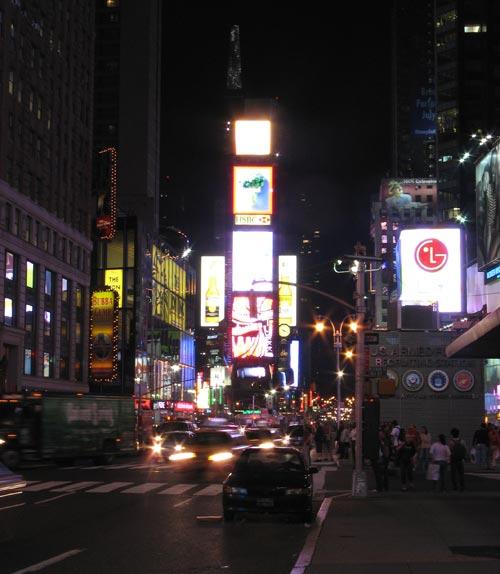
I did not hear “Tu Es Partout,” the song featured in the 1941 film Montmartre-sur-Seine, but recognizable to me from the wonderful scene in Saving Private Ryan in which the soldiers enjoy a lull as they prepare to defend Ramelle against German attack. Corporal Timothy Upham (Jeremy Davies) provided a translation of the song as it played on a phonograph amidst the blasted out remains of the French village:
Even life itself only represents you
Sometimes I dream that I am in your arms
And you speak softly in my ear
You say things that make my eyes close
And I find that marvelous
Drinking tea at East Manor
Dim sum, the bite-size delicacies inextricably linked to the Chinese social tradition date from the 10th century Sung Dynasty, when chefs created these delicate morsels from rare and expensive delicacies like bird tongues and pheasant to tempt the jaded palates of the imperial court and, hopefully, to touch their hearts (which is the poetic-sounding, literal translation of “dim sum.”) Soon, teahouses along the trade routes of southern China began offering the light snacks to accompany tea served to travelers and area rural farmers, where the bites became part of a longstanding dining tradition. In the 13th century, Mongol invaders, under the command of Genghis Khan, forced the royal court – and dim sum – south to Canton.
The midday weekend crush at East Manor restaurant in Flushing:
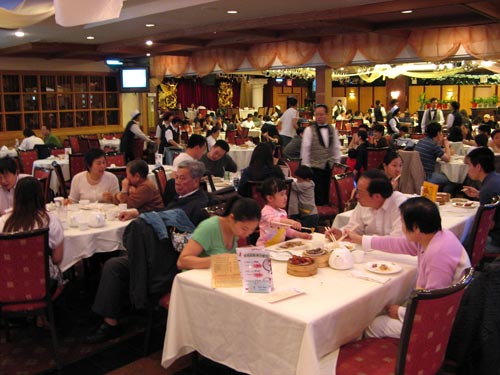
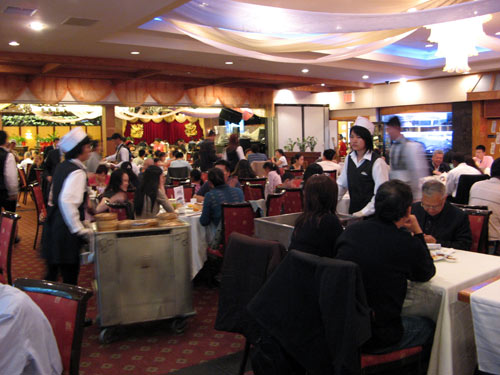
Har gow (shrimp and bamboo-shoot dumplings):
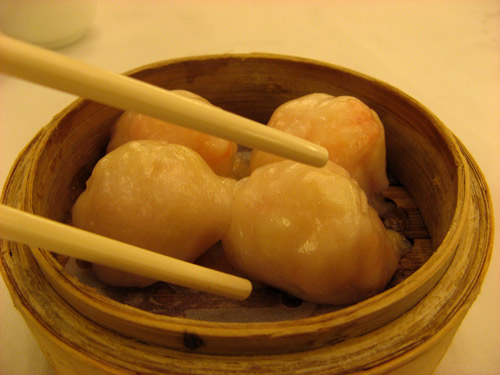
Har cheong fun (shrimp rice noodle rolls, or shrimp rice crepes — depending on the menu):
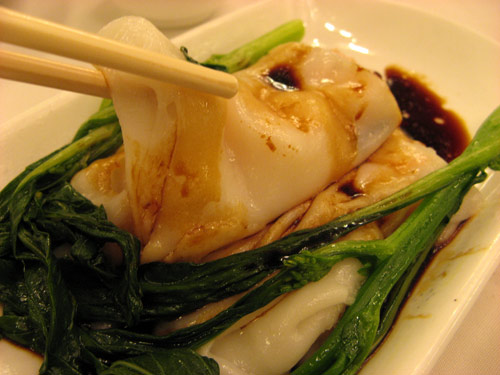
Woo kok (taro root dumplings):
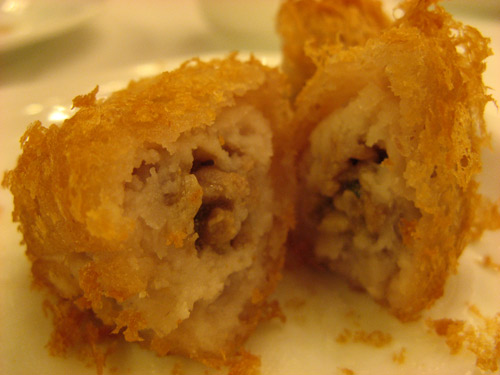
“Going for dim sum,” by the way, is a completely Westernized phrasing; native Cantonese never use this construction, instead referring to the meal as “yum cha,” literally, “drinking tea,” which was onetime the central focus of the gathering.
| S | M | T | W | T | F | S |
|---|---|---|---|---|---|---|
| 1 | 2 | 3 | 4 | 5 | ||
| 6 | 7 | 8 | 9 | 10 | 11 | 12 |
| 13 | 14 | 15 | 16 | 17 | 18 | 19 |
| 20 | 21 | 22 | 23 | 24 | 25 | 26 |
| 27 | 28 | 29 | 30 | |||
Search
Popular Tags
Categories
Archive
- July 2010
- July 2009
- January 2009
- November 2008
- September 2008
- August 2008
- July 2008
- June 2008
- May 2008
- April 2008
- March 2008
- February 2008
- January 2008
- December 2007
- November 2007
- October 2007
- September 2007
- August 2007
- July 2007
- June 2007
- May 2007
- April 2007
- March 2007
- February 2007
- January 2007
- December 2006
- November 2006
- October 2006
- September 2006
- August 2006
- July 2006
- June 2006